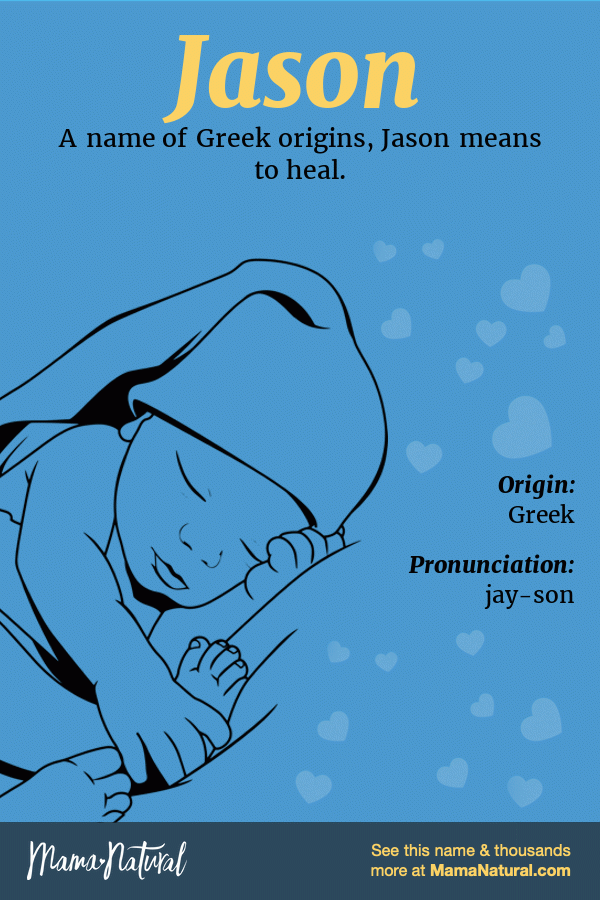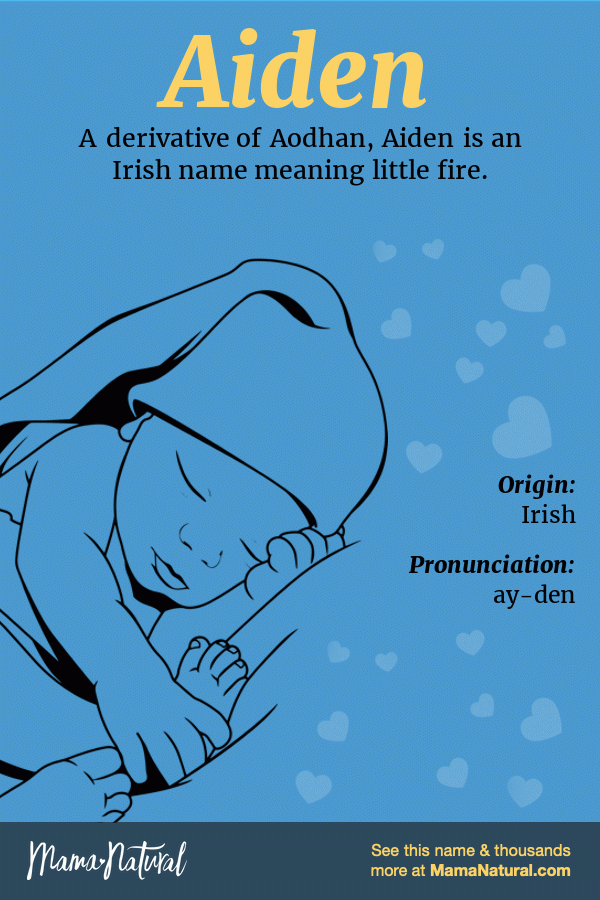JQuery children() way returns all direct youngsters of every aspect within the set of matched elements. This way makes it possible for us to look by means of the youngsters of those parts within the DOM tree and assemble a brand new jQuery object from the matching elements. Also, this methos aid to carry out desired actions on the kid parts like altering the background color, enable, disable, hide, present and so forth by means of the use of this method. Parent card container structure is dependent upon the content material and the cardboard graphic container is styled in a distinct way counting on if the graphic container has a picture caption current or not. The parents() way is analogous to the parent() method, as each journey as much as the DOM tree and return the mum or dad element. When a number of DOM parts are within the unique set, the ensuing set might be in reverse order of the unique parts as well, with duplicates removed.
The parents() way in jQuery is used to get all ancestor components of the given selector. This way traverses upwards from the mum or dad element, all of the extent up within the DOM tree and returns all ancestors of the chosen element. The relational selector could be helpful for conditionally making use of types to UI constituents headquartered on the content material or state of its youngsters or its succeeding components in a DOM tree. The jQuery parent() returns the direct mum or dad factor of the chosen element. It is an inbuilt way in jQuery which is used to seek out the mum or dad factor associated to the chosen element.
This process traverse a single degree up the chosen aspect and return that element. If referred to as on a set of elements, dad or mum returns a set of their exclusive direct dad or mum elements. The jquery discover process is traversing your complete dad or mum to youngster aspect within the doc object mannequin Tree. It is a descendant aspect to look and design specific youngster parts of any dad or mum element. It is used to filter the youngsters parts of the dad or mum element.
It is used for designed explicit youngster element, object because of the selector of jQuery. It is traversing the kid objects and grandchild objects utilizing the selector aspect within the jQuery. The.find () and.children () strategies are similar, besides that the latter solely travels a single degree down the DOM tree. Image shape in legacy content material with an additional class.parents() discover the plural sort of this method.
This methodology permits us to pick the mother or father components from the immediate, as much as the basis of the document, until a selector is specified because the argument. It would apply the background color, padding and margins to all div components within the content. We in fact need to use these types solely todivelements which wrap a picture and a picture caption. To fetch the mother or father component in jQuery by making use of techniques such as, parent(), parents(), parentUntil(), and closest(). All of those methods, together with their appropriate examples are defined on this guide.
The JavaScript library, jQuery, can present selected strategies which might be used to fetch dad or mum components of an HTML element. Using these strategies you'll be able to fetch the direct parent, or all mom and dad of a component with marvelous ease. Moreover, fetching components between two specified elements, or the closest dad or mum component that matches the chosen component can be available making use of jQuery methods. The .parents() and .parent() strategies are similar, besides that the latter solely travels a single degree up the DOM tree. The CSS ID selector applies kinds to a chosen html element. The CSS ID selector need to match the ID attribute of an HTML element.
Unlike classes, which might be utilized to a number of parts all as a result of a site, a selected ID could solely be utilized to at least one single aspect on a site. To choose a component with a selected id, write a hash (#) character, adopted by the id of the element. They in reality choose grandparents and any matching ancestors as well. By writing a relational selector with a situation that checks if the kid message container is empty, suitable types could be utilized to the container. Definition and Usage The.class selector selects all parts with the precise class.
The class refers back to the category attribute of an HTML element. The class attribute is used to set a specific fashion for a number of HTML elements. The parents() system begins with the mother or father factor and returns all ancestors matching the exceeded expression.
This process is totally different from closest(), since on this the returned jQuery object has zero or multiple element. The results of this name is a purple background for the level-2 list. Since we don't provide a selector expression, the mum or dad aspect is unequivocally included as section of the object. If we had provided one, the aspect can be examined for a match earlier than it was included. ParentsUntil(); this process selects the mum or dad components as much as however not together with the aspect laid out within the parentheses.
No single CSS answer can repair our problems here, so let's see what JavaScript can do for us instead. In this instance we're going to make use of jQuery for its strong APIs, convenience, and browser compatibility. At the time of writing, jQuery promises three strategies to pick out dad or mum elements. In this example, we aren't applying the optionally available parameter of the parents() method.
Here, there's a div component that includes a ul element, a heading h4, and a paragraph element. We are making use of the parents() approach for looking the ancestors of the heading h4. In the output, we'll get all ancestors of the heading h4, consisting of the physique element. The youngsters ( ) approach will get a set of parts containing all of the exclusive quick youngsters of every of the matched set of elements. Here is the outline of all of the parameters utilized by this approach − selector − This is an optionally available argument to filter out all of the childrens.
How to seek out the mother or father class identify with regarded class in jQuery ? Given an HTML doc and the duty is to get the mother or father class of a component with the assistance of given class name. The on () process is used to pick out the occasion handler for chosen elements. It means when the consumer clicks the button then the operate call. The jQuery parentsUntil() process is used to get all of the ancestors as much as however not together with the aspect matched by the selector.
In ordinary phrases we will say it returns all ancestor components between two given components in a DOM hierarchy. Like with most pseudo-classes, selectors might be chained to focus on infant components of a goal factor or adjoining element. With a relational CSS selector, builders could be capable to write down content material checks instantly in CSS and types could be utilized automatically. This would scale back the quantity of variation CSS classes, scale back the potential for bugs brought on by human error, and selectors could be self-documented with the situation checks.
The siblings() technique returns a set of components containing all the distinctive siblings of every of the matched set of elements. Unlike jQuery next() and prev() methods, this technique traverses equally ahead and backwards alongside the siblings of the chosen element. The parent() technique returns the direct mother or father factor of the chosen element. Also, $( "html" ).parent() technique returns a set containing doc whereas $( "html" ).parents() returns an empty set.
Given the above code, it ought to apply the has-img-caption class to all of the dad or mum parts besides the component with .page-content. Still do not see how you'd have achieved it with not when all of the div parts are undistinguishable by their class names. Of course, a div ought to be a block degree component by default. You are fortunate you probably did not need to focus on the prevailing CSS. Using descendant selectors was what I did within the end, nonetheless did not discover it elegant or robust, very likely it ought to break after the subsequent framework update. If you must apply the CSS to the dad or mum component of the selected, you ought to use the jQuery dad or mum methodology to do this.
The process requires solely the selector to pick the aspect to which you would like to use the CSS to the parent. This is generally dealt with by writing a customized answer on a case-by-case basis. The closest process returns the innermost mum or dad of your aspect that matches the selector.
The .closest() methodology begins its search with the factor itself earlier than progressing up the DOM tree, and stops when merchandise A matches the selector. The methodology optionally accepts a selector expression of the identical style that we will move to the $() function. If the selector is supplied, the weather shall be filtered by testing whether or not or not they match it.
This procedure is analogous to .parents(), besides .parent() solely travels a single degree up the DOM tree. The filter within the above syntax is the elective parameter that specifies the selector expression, which is used to slender down the seek for ancestors. If we've to get a number of ancestors, we've to separate every expression with a comma.
This video exhibits you ways Sweet Text provides courses to mother or father parts inside wealthy text. Some UI parts can have a number of variations based mostly on numerous features — content, location on the page, little one state, etc. In these cases, we on the whole create a number of CSS courses to cowl all of the potential variations and apply them manually or with JavaScript, counting on the strategy and tech stack. If no element that matches the furnished selector exists, the closest() approach returns null. You do not need to create net parts that use shadow DOM. However, authoring customized parts that use Shadow DOM means you may make the most of options like CSS scoping, DOM encapsulation, and composition.
If you have been following net constituents for the final couple of years, you will know that Chrome 35+/Opera have been delivery an older model of shadow DOM for some time. Blink will proceed to assist each variations in parallel for some time. The v0 spec offered a unique approach to create a shadow root (element.createShadowRoot in preference to v1's element.attachShadow). Calling the older approach continues to create a shadow root with v0 semantics, so present v0 code will not break. Shadow DOM removes the brittleness of constructing net apps. The brittleness comes from the worldwide nature of HTML, CSS, and JS.
Over the years we have invented an exorbitant variety of resources to bypass the issues. For example, while you employ a brand new HTML id/class, there isn't any telling if it should battle with an present identify utilized by the page. Subtle bugs creep up, CSS specificity turns into a giant problem (!important all of the things!), type selectors develop out of control, and efficiency can suffer. JQuery makes use of CSS-style selectors to pick parts, or elements, of an HTML page.
It then enables you to do some factor with the weather employing jQuery methods, or functions. In some cases, the place you could have gazillion nested elements, employing theparentsUntil() system is preferable. It is comparably sooner than the parents() system because it avoids employing the jQuery selector engine to journey throughout your complete DOM tree as much as the doc root. Here, the parents() system will journey by way of the ancestor tree of the image, choosing any div located and giving it the has-image-caption class.
Styling legacy content, with dated markup and structure, is a basic problem when redesigning a website. Before HTML5, for example, a picture may well occasionally have been wrapped with a p, div, or occasionally with aspan together with a nestedpused to wrap the picture caption. There was no commonplace option to wrap a picture and caption. Later, we adopted thefigure and figcaptionelements, making our doc shape extra semantic. CSS selectors permit us to focus on elements, transferring down and throughout the DOM tree, getting extra particular as we do so. The closest() technique begins with the present factor and returns solely the primary ancestors matching the exceeded expression.
You can use id's or class identify to pick out the HTML element. You can use the opposite strategies just like the jQuery addClass system to add the category and different strategies with the jQuery father or mother system as given below. In this example, we're applying the parents() system to get the a number of ancestors of the paragraph element.
We are applying the optionally available parameter of the parents() way to solely get the ul and h4 mum and dad of the paragraph component amongst all ancestors. The selector used the mother or father class which is positioned inside the div tag. The discover way used first youngster class which is positioned within the tag. The above instance comprises the div component and the button element. When you click on the button given above, it finds the category of the div component and shows it in an alert box.
In addition to the above example, you too can use the jQuery prop () approach to seek out the category of the chosen element. Using the above-mentioned methods, you could fetch father or mother parts of a specified HTML element. See the Pen Card variations by Adrian Bece.For these playing cards to have the right layout, builders must use the right modifier CSS courses manually. Developers must maintain monitor of the CSS classes, preserve documentation and ensure to use applicable classes. Sometimes a father or mother factor or previous factor types rely upon the state of a goal element.
This case is diverse from the validation state since the state isn't intently associated to the validity of the input. $.parents() The parent() way traverses just one degree up the HTML DOM tree . The optionally available parameters grant further filtering choices to slender down the traversal. The jQuery discover toddler is the tactic to filter all leaf parts of the basis element.
It is used for looking the descendant aspect easily. It makes straightforward coding for the developer and take away prolonged process. It helps the consumer to get required descendant parts of the chosen element. The discover process positioned within the script tag together with mother or father and toddler elements.
This strategy doesn't particularly checks if the direct father or mother component includes the class, it checks if a father or mother component everywhere within the hierarchy includes the furnished class. An array or string containing a selector expression to match components towards . Click to seek out all extraordinary div father or mother components of every span. Sometimes it really is helpful to seek out customized components used on the page. To do so, it really is essential recursively traverse the shadow DOM of all components used on the page.
When an occasion bubbles up from shadow DOM this is goal is adjusted to keep up the encapsulation that shadow DOM provides. That is, occasions are re-targeted to appear like they've come from the factor instead of inner components inside your shadow DOM. CSS selectors used inside shadow DOM apply regionally to your component.













































